Promoting Active Mobility through Evidence-based Decision-making & Participatory Design
STRIDE
Context
India’s urban population is expected to grow from 410 million in 2014 to 814 million by 2050, and by 2030, half of the country will be living in cities, whose numbers will also significantly grow. The country is expected to add 4 new megacities by the end of this decade. However, the mobility infrastructure has not kept pace with the demand due to the country’s growing wealth and population over the last few decades. In today's times, India’s GDP per capita has seen a hike of over 5 times and the transport demand has increased by almost 8 times since 1980.
This growth and the associated transport demand are much higher than other Asian counterparts. The absence of a widespread and integrated transport system has caused a rapid spike in private car ownership in India. The number of registered motor vehicles has gone up to 40 times, from 5.4 million in 1981 to 210 million in 2015. The growing demand and the lack of sustainable mobility options are straining the existing resources and putting an additional burden on the cities, resulting in more pollution and congestion. Therefore, it is crucial to address these surmounting challenges in the Indian transport system and accentuate sustainable and green mobility options, such as the Non-Motorised Transport (NMT).
Non-motorised Transport mainly includes walking, cycling and cycle-rickshaws. All of these are green modes of transport and don’t have any carbon emissions. They are also affordable and have many health benefits. However, despite being a key element in the transport system, NMT has often been neglected and taken as an afterthought while developing transport infrastructure in Indian cities.
Problem Statement
Non-motorised transport is a prime constituent of green mobility but is vastly undermined as a viable commute option, owing to lack of safety, inclusivity and accessibility. It is observed that the majority of commuters in an urban context are carried out via rapid urban transit modes. These concerns need immediate attention, especially in the post-COVID future. Due to the ongoing COVID-19 crisis, the need for personal means of mobility is expected to see a substantial rise as people invest in cars to keep themselves and their families safe. Post-lockdown, the new normal in Indian cities will demand contact-free walking and cycling to cut unnecessary travel to reduce pressure on already stressed public transport systems.
Indian cities witness the absence of a database for evidence-based and scientific analysis and management of urban transport, specifically non-motorised transport. This hampers effective and informed decision making and constrains the ability to create reliable mobility plans.
The share of walking and cycling in Indian cities was 40-60% in 1980 but now it has been reduced to 40-50%, which is still higher than just a quarter of trips made on personal motor vehicles. Overall, owing to a dearth of safety and infrastructure, pedestrians and cyclists accounted for 17.4% of the total road fatalities on Indian roads.
Objective
The project intends to develop a decision support and citizen engagement system for monitoring non-motorized transport and street design scenarios and engaging citizens to promote walking and cycling in Chennai.
Piloted in Chennai Smart City, the project objectives are:
- Aggregate and visualise city-wide supply and demand data for non-motorised transport under a single platform to create a repository.
- Leverage the data to aid the ULBs obtain updated NMT-related insights and make informed decisions.
- Leverage the data to aid the citizens access the NMT services and amenities and provide their feedback to inform the decision making process.
- Create a communication channel between the government and citizens for improved development outcomes for NMT and public space sector.
Project Strategy
Pilot City Identification
The priority list for the pilot city has been identified based on a systematic process of city selection through various parameters, which are categorised into 0+3 stages. Each of the 100 smart cities went under a shortlisting procedure wherein the cities were assigned a score based on the parameters fulfilled in each of the stages. Stage 0 was an elimination round, within which only cities that were equipped with a comprehensive mobility plan were shortlisted. Stage I, Stage II and Stage III parameters are as follows:
| Stage I Parameters - 42 cities | Stage II Parameters - 13 cities | Stage III Parameters – 7 cities |
|---|---|---|
|
|
|
Based on these parameters, Chennai was identified as the pilot city.
Project Development and Implementation
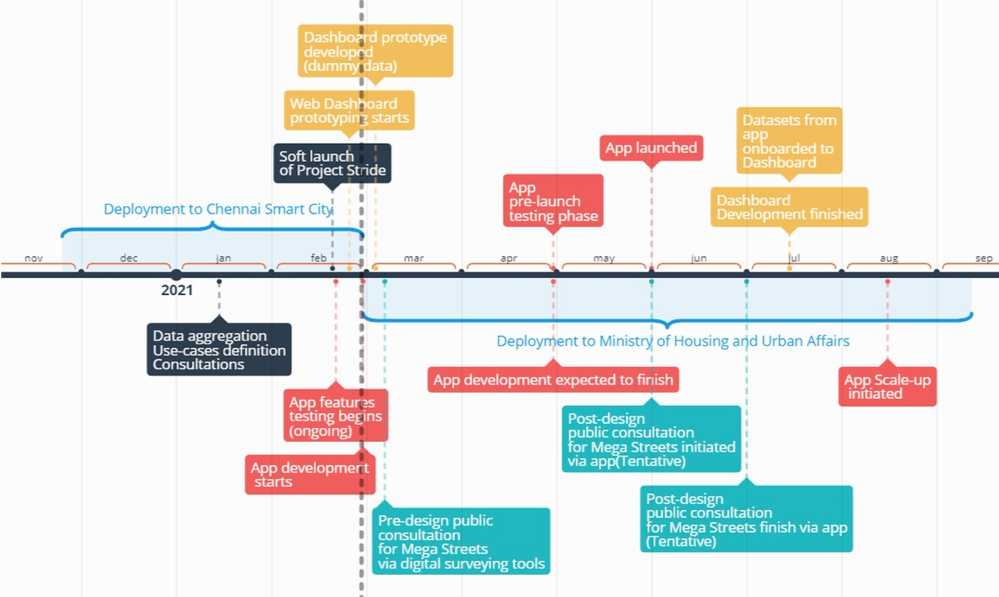
Expected Outcomes
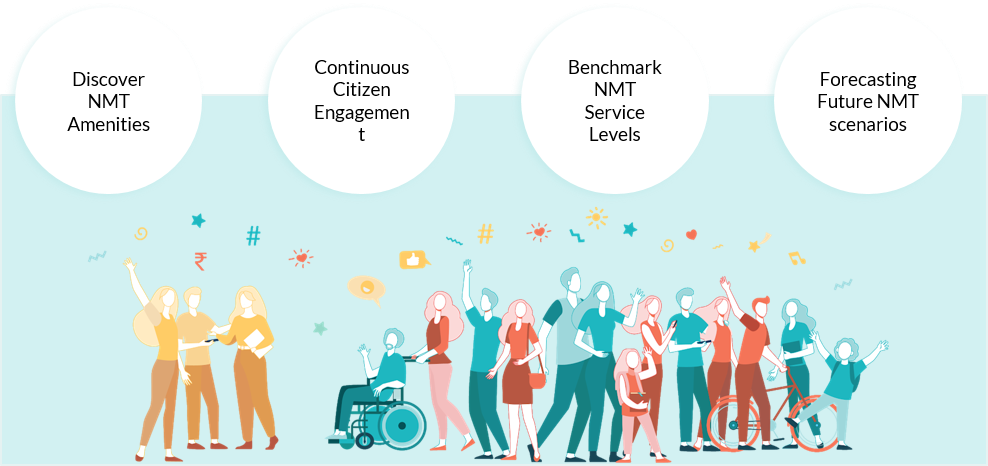
The Expected Project Outcomes are:
- Higher discoverability of NMT amenities and services The project gathers rare data on amenities, such as cycling rentals, repair and retail units, and good walking and cycling routes and displays this information on the app.
- Continuous citizen engagement for improved outcomes The project crowdsources rare NMT data through campaigns. Further, the app’s digital public consultations feature also enables citizen engagement.
- Ascertaining NMT service-levels and forecasting future NMT scenarios A decision-support system is developed to aggregate, visualise and generate insights from the NMT data via various government, private and citizen sources
Actual Result
The proposed solution is in the form of:
An app for citizen consultation (especially for the upcoming Mega Streets project in Chennai) and NMT services. The app will be plugged in with the city’s existing Namma Chennai app. Later on, it can be scaled up as an independent app as well.
A decision-support dashboard for ULBs to benchmark NMT services and capture citizens’ ideas. The dashboard will be hosted at the Integrated Command and Control Centre of Greater Chennai Corporation.
Stride platform in Namma Chennai App
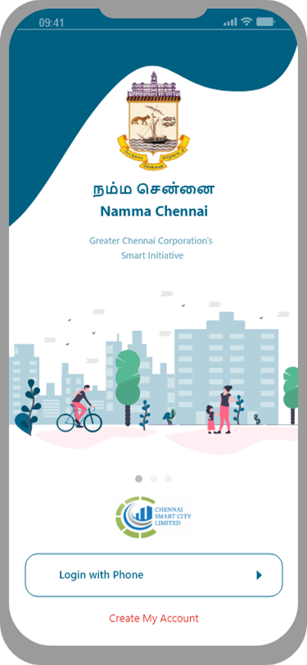
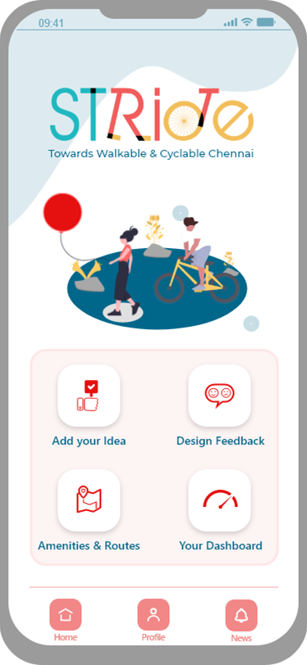
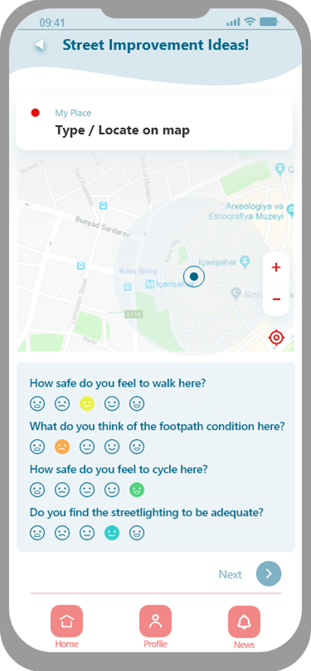
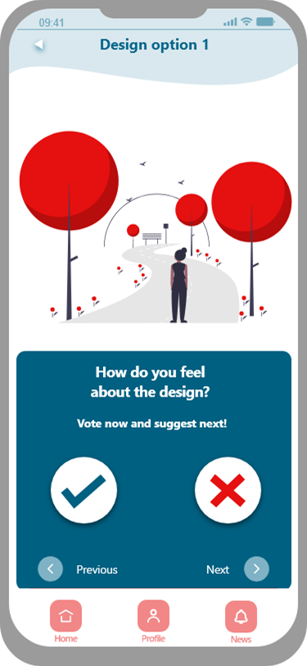
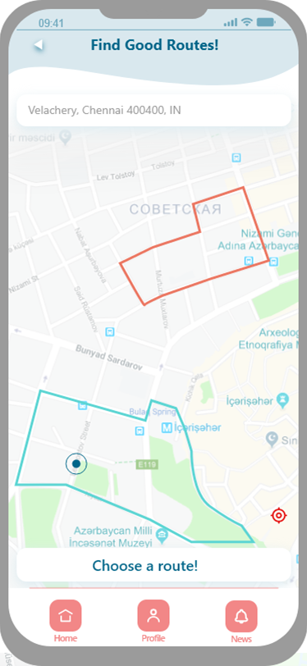

Decision-support Dashboard: Citizens’ perceptions related to NMT and Streets
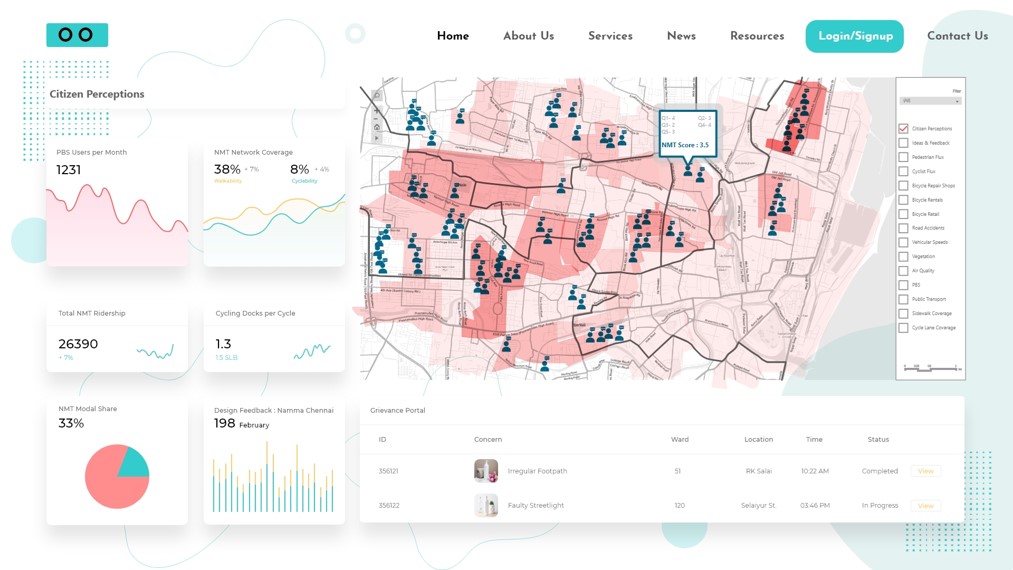
Decision-support Dashboard: Cyclists’ intensity and cycling amenities.
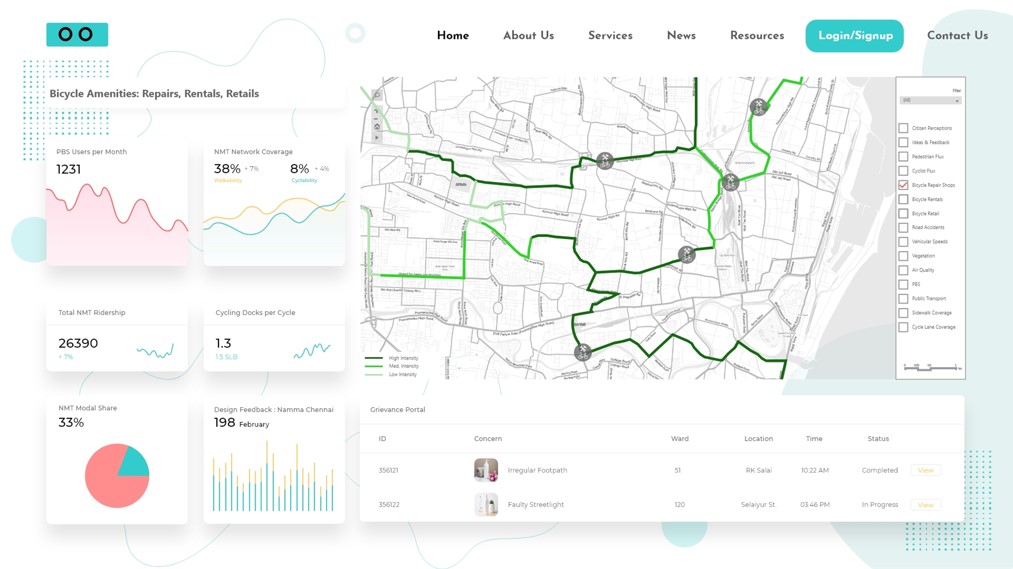
Decision-support Dashboard: Real-time traffic volume and accident points

Decision-support Dashboard: Cycle lane coverage
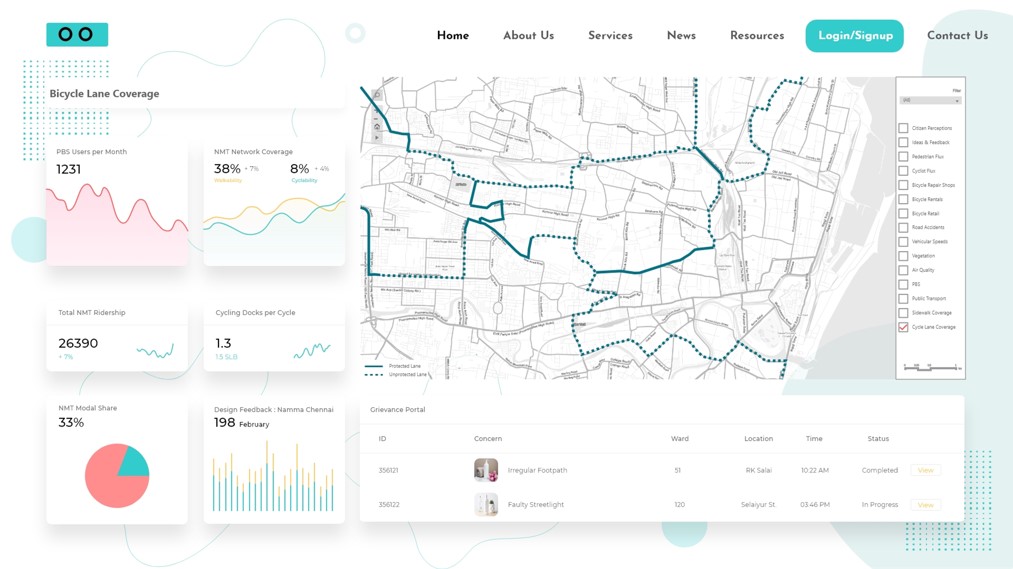
Conclusion
The tool was conceptualised to aid the decision making process through engaging with the citizens. The outcomes of the project in the form of the app and the dashboard will work together to close the feedback loop between the citizens and the government. The app has been developed using crowdsource data and its simple yet intuitive features are envisioned to be tested in flagship projects such as the Mega Streets project in Chennai. The app-based public consultations are a one-of-its-kind idea and can be replicated across any city and scaled-up in any other sector as well. All in all, the app and the dashboard together make a ‘decision-support and engagement system’ for the city of Chennai to promote and enable NMT. Stride has been well received by a number of national and international organisations. Stride had been shortlisted in Well-being Cities Awards 2021 and the World Bank Youth Summit 2021. Additionally, the team is due to represent Stride internationally in a panel discussion at the Velo-city conference 2021, Lisboa. All these accolades have helped the project in outreach and recognition, which is crucial for better outcomes.







